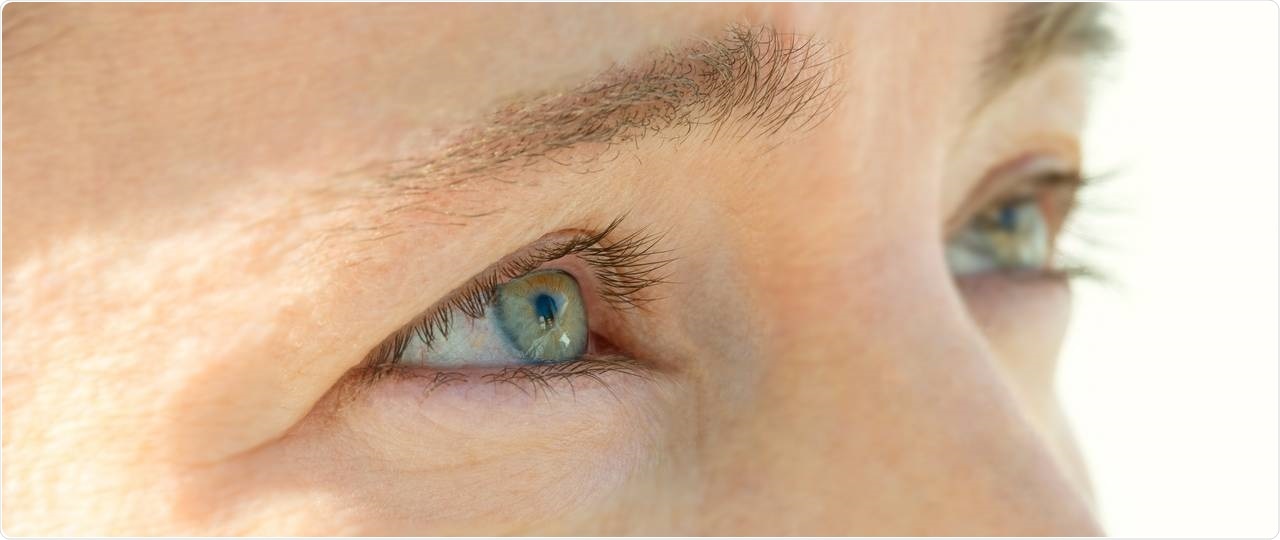Cataracts are the most prevalent eye disease in humans. But despite this fact, the actual processes that lead to this disease are not entirely known.

In cataracts, the lens of the eye, which is actually clear, becomes cloudy. Image Credit: Uli Benz/Technical University of Munich.
Now, a research team, led by the Technical University of Munich (TUM), has found that the composition of the protein solution plays a key role in this eye ailment. But these findings contradict the existing view in the field. Within the lens, the cells contain a highly concentrated protein solution that is generally clear.
When the balance of the proteins in the lens is destroyed, they clump together and the lens becomes cloudy.”
Johannes Buchner, Professor and Chair of Biotechnology, Technical University of Munich
This leads to a disorder called cataracts.
Clouding can have multiple causes. Since the proteins in the lens are developed in the embryo and are not substituted, the damage can build up over the years, eventually causing the lens to become cloudy.
That is the reason why cataracts occur mostly in older individuals. However, certain people have a genetic predisposition to eye diseases, in which proteins in the lens mutate. In such situations, cataracts are present right from birth or manifest during childhood.
Unstable proteins eliminated immediately
The researchers analyzed mice strains influenced by hereditary cataracts. They collaborated with a research team of Jochen Graw, an eye lens specialist who was a professor at the Institute of Development Genetics at Helmholtz Zentrum München, until 2019.
To date, the prevailing opinion has been that only faulty proteins in the eye react with each other and form clumps. But now Buchner’s research team has demonstrated that this was not the case in the mice with “genetic cataracts.”
“We discovered that the mutated, unstable proteins in the lens were not there. They are eliminated immediately. Instead, the 'healthy' proteins clump together. Our model, based on these new insights, says that the balance between the various proteins, or their ratios to one another, is important. When one of these components is missing, the remaining ones interact and form clumps,” added Buchner.
An important step for cataract treatment
Several studies have been performed to interpret the causes of cataracts.
But never before has there been such a comprehensive investigation of the lenses in mice, comparing wild populations and mutants.”
Johannes Buchner, Professor and Chair of Biotechnology, Technical University of Munich
These latest findings represent a significant step in the quest for new therapeutic strategies for cataracts. Surgery is the most popular approach, which involves implanting artificial lenses in the eye.
If you understand exactly what is happening, you can also think about ways that might use medication to disrupt the bad interactions. But we have a long way to go - and first we need to show that the proposed model also applies to the lens in the human eye.”
Johannes Buchner, Professor and Chair of Biotechnology, Technical University of Munich
Source:
Journal reference:
Schmid, P. W. N., et al. (2021) Imbalances in the eye lens proteome are linked to cataract formation. Nature Structural & Molecular Biology. doi.org/10.1038/s41594-020-00543-9.